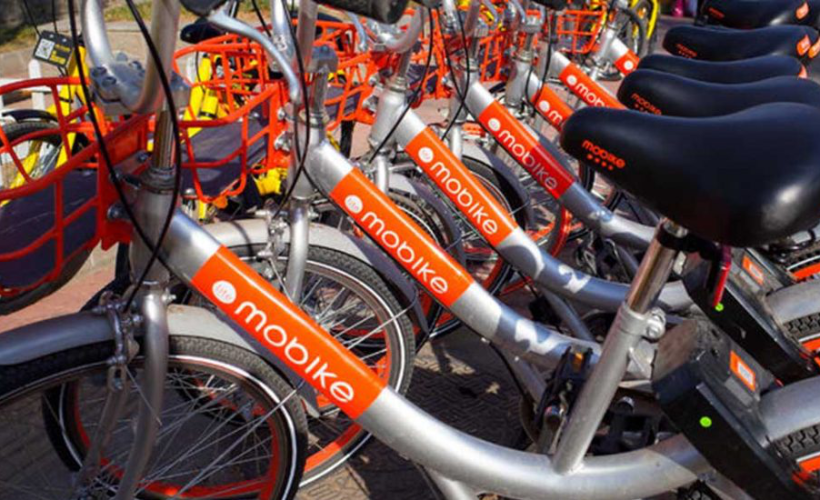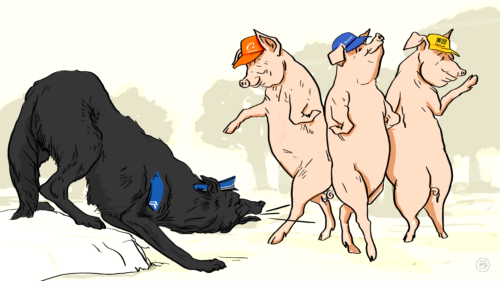China’s biggest food delivery app buys China’s biggest on-demand bike service

Dianping.com is a Chinese restaurant review website that was founded in 2003, a year before Yelp was started, and four years before the launch of the iPhone. After a merger with China’s dominant group buying website (similar to Groupon), it is now known as Meituan-Dianping. The company’s main product is an app that offers a huge range of location-based services from food delivery to venue booking and car hailing — Bloomberg called it a “super app.”
The company has been furiously adding features this year in an effort to compete with Didi Chuxing, China’s biggest car-hailing app, which has encroached on Meituan’s territory in food delivery and is also the largest investor in Ofo, one of China’s two major on-demand bicycle companies. Today, Meituan bought Mobike, the other leading on-demand bike company.
- “Meituan will acquire 100 percent of loss-making Mobike for US$2.7 billion,” the South China Morning Post reports.
- Meituan has 320 million users, and is “the world’s fourth largest unicorn with a valuation of US$30 billion, behind Xiaomi and above Airbnb,” SCMP notes.
- Mobike was valued at $3 billion and Ofo at $1 billion in October 2017, per Bloomberg.
- “Meituan said that acquiring Mobike was another significant step toward building an environment that offers consumers convenience in all aspects of leisure,” according to Sixth Tone.
- No story about bike sharing in China is complete without noting that Alibaba and Tencent, China’s two largest tech titans, are heavily invested in Ofo and Mobike, respectively. A graphic in the Sixth Tone story (linked above) provides a clear overview of the current landscape of food delivery, ride hailing, and bike sharing in China.
- For those large investors, the big picture is about data. SCMP says that “bike-sharing companies are…seen by Chinese tech giants as effective tools to promote mobile payments and to collect user data that in theory can be analyzed for consumer patterns.”
Learn more about:
- Meituan-Dianping, from an interview with Dianping’s founder, Tao Zhang, on the 996 Podcast with GGV Capital.
- Didi Chuxing’s “war of the century” with Meituan-Dianping on The China Project.
- Bike sharing in China, if last year’s news passed you by or you need a refresher, also on The China Project.
- Oversaturation in the bike-sharing market, which The China Project identified as peaking in approximately September last year.






